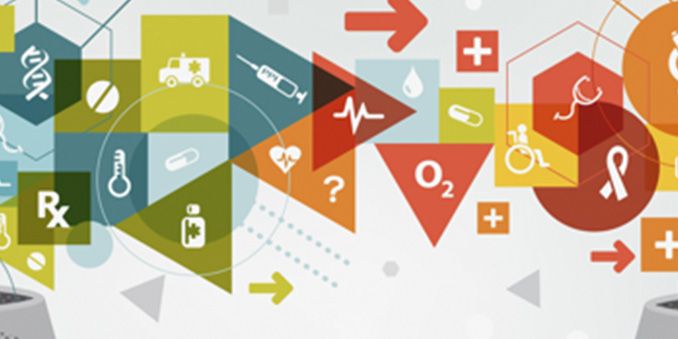Spanish scientists in Denmark (CED) bring together experts in communication and science outreach

On January 15, the Aula Magna of the Autonomous University of Madrid (UAM) hosted the Communication and Science Outreach meeting, organized by the representative of Spanish Scientists in Denmark (CED), Daniel Gómez Cabello and José A. Morales García, researcher and professor at the UAM and UCM, with the collaboration of the Unit of Scientific Culture of the UAM, the spin-off of scientific illustrations Illusciences and the Spanish Foundation for Science and Technology (FECYT).
The day brought together expert science communicators, who shared with the more than 150 attendees - including students, young researchers, journalists and consolidated scientists - their vision of how to bring closer science and society.
The speakers encouraged the audience to look for new ways of communicating science, a method that, according to José A. Morales García PhD, researcher at the Biomedical Research Institute (CSIC-UAM) "is simple, cheap and worth using".
Clara Grima, president of the Commission for Science Outreach of the Royal Spanish Mathematical Society, expressed the value of starting to disseminate science in primary and secondary schools for the future benefit of both science and society.
The researcher from the Department of Molecular and Cellular Biology of the National Center for Biotechnology (CNB-CSIC), Lluís Montoliú, expressed the importance of disseminating from the side of scientific knowledge as “this is the only way in which science can be simplified without losing rigor”.
Javier Baena, the director of the Unit of Scientific Culture of the UAM, claimed that rigor and entertainment are not at odds “You have to innovate and surprise, get out of the traditional circuits and ways of science outreach" This idea was further shared by Guillermo Orts-Gíl, who highlighted the importance and difficulty of being innovative in this challenge that is disseminating and communicating science.
The day showcased very well the diversity of channels to communicate science. In this sense, Daniel Gómez-Cabello, PhD, Marie Sklodowska Curie researcher and delegate for Copenhagen of CED, presented the new platform http://www.preguntaauncientifico.es/ through which any user can post questions and doubts to obtain science-based answers from experts, avoiding this way erroneous information currently present in social networks.
Other long-track science outreach projects presented were Apadrina la Ciencia, by Inés M. Antón, and Principia Magazine, whose editor, Carlos Romá-Mateos combines science outreach with his great passion, comics.
In regards to the role and application of science communication, José Ángel Morales-García explained how a change in the communication strategy can be useful to address important specific issues such as "neurophobia", a problem that affects students of neuroscience medicine, as well as other medicine professionals not related to neurological disciplines.
Furthermore, Elena Gómez-Díaz advocated for science dissemination without borders applied to geographically distant problems by presenting the impact that scientific communication has on the education, prevention and treatment of malaria in Africa.
Manuel Souto, a researcher at the Molecular Science Institute of the University of Valencia, explained the origins of #CienciaenelParlamento as scientific advice in political decision making.
Journalism also had its place on this day thanks to the editor of the scientific news agency SINC, Pampa García Molina, who explained how to transform science into news.
Events
- No results available...
Events
- No results available...

